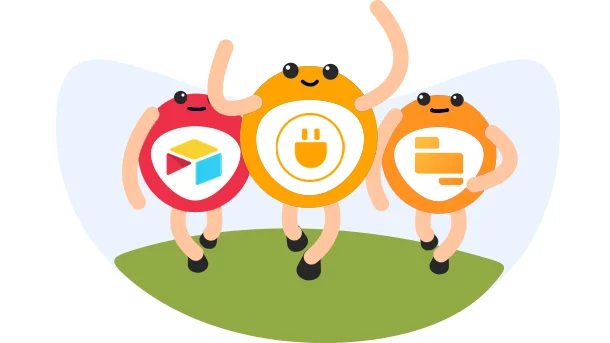
As a child, I always wanted to build an app that could help us schoolmates collaborate while doing homework📚. Back then, I didn’t have the resources and programming knowledge. However, no-code tools have now made it easy to bring ideas from such ignited minds 💡 to reality.
Whether you’re a 10-year-old kid or a 45-year-old businessperson, no-code software has your back.😌 It gives you the power to not only build apps but also handle all your business operations in a breeze💨.
No-code software is like a magic wand 🪄 that helps you create your own apps, websites, and any other digital products 📱 without writing any code.
It comes with plenty of features that make it easy for non-techies to design applications quickly. These features can be anything like
The concept of building digital products regardless of coding experience sounds amazing, right?🙌 But how does it work?
Well! the framework of no-code software is built on pre-built elements.
You can simply select or drag and drop these elements onto a canvas to create your desired product. These elements can include anything from text boxes💬, images🌄, buttons🔲, and videos📹, to entire modules.
8 Million+ Ready Automations
For 750+ Apps
One of the key benefits here is that the no-code software completely takes care of the backend code for you. That means you don’t need to worry about the server configuration, database setup, or programming🔢 to make your tool work. Other benefits include
✅ Faster application development
✅ No requirement for technical knowledge
✅ Reduced software development costs
✅ Flexibility to quickly adapt to changing market conditions
✅ Minimal IT infrastructure requirement
✅ Easy development of prototypes
✅ All the business teams can take part in the development process
No-code software offers tons of functionality with ease of use. However, some things still fall in the grey area:
❌ Inability to handle complex and unique requirements
❌ Limited customization options
❌ Limited scalability
❌ Security and compliance issues for enterprise solutions
❌ Rigid product development process
Is no-code software meant for everyone? Yes and no!
Confused?😕 Let me explain. Everyone can take advantage of no-code software to a desired extent, no matter the size and infrastructure of your organization.
However, some organizations and folks can totally rely on no-code softwares. Here’s a list of who they are and the reason they should opt for no-code:
▶️ Startups with little to no funding can save a lot of money by using no-code software instead of hiring expensive developers or agencies.
▶️ Consultants and freelancers can leverage no-code software to quickly build digital products for their clients without needing technical expertise.
▶️ Non-profits and volunteers can build highly functional apps and websites faster at fraction of the cost.
▶️ Individuals with limited developer resources can create digital products that would otherwise require a team of developers to build.
▶️ Entrepreneurs and small businesses can quickly develop prototypes or MVPs without breaking the bank.
If you’re any one of the above, here are some of the 10 best no-code softwares you must try your hands at:
Integrately is the perfect no-code automation companion for Non-techies. It helps you connect over 1000+ apps in a few clicks and automate your entire business stack. It offers guided UI with millions of pre-built 1-click automations that save you the hassle.
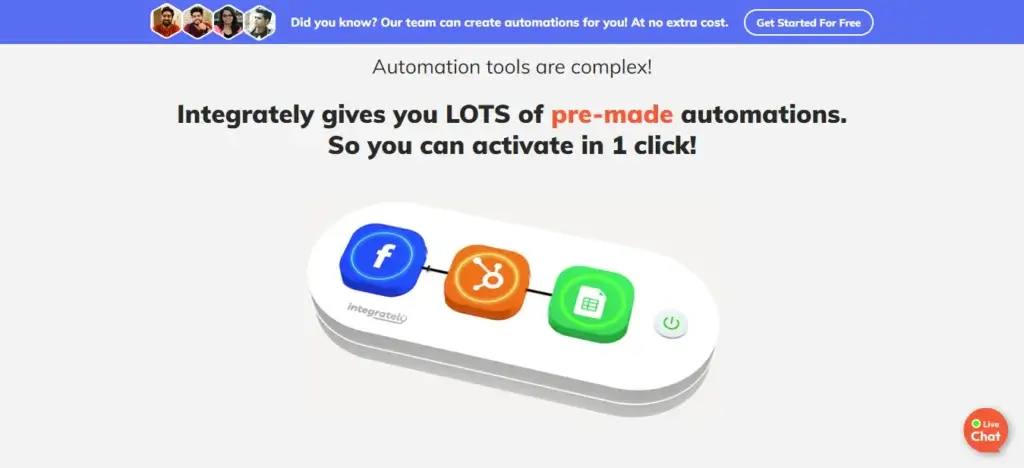
Airtable is an intuitive cloud collaboration and database management system. It looks like an easy-to-navigate spreadsheet but helps you perform complex operations on the data. As their tagline suggests, you can use Airtable to “organize anything you can imagine the way you want”
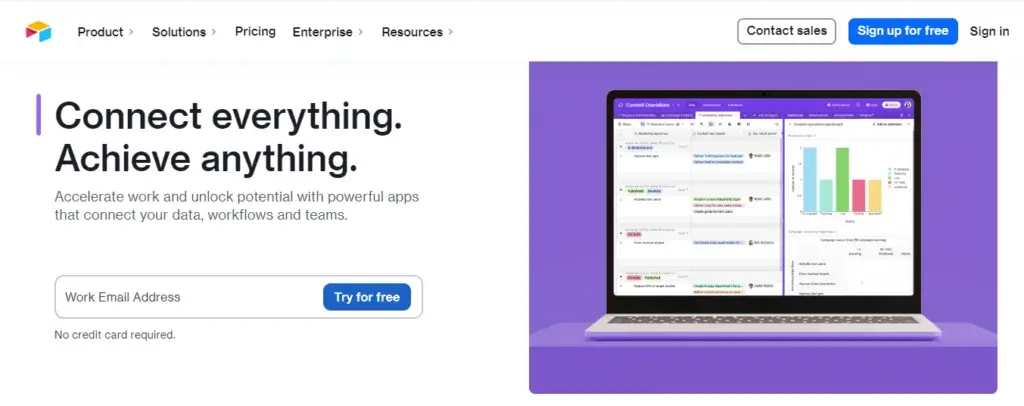
Retool helps developers and non-developers build powerful internal tools quickly. It works with your existing data sources, supports complex logic, and enables easy collaboration between teams. Retool also offers ready-made building blocks to create user interfaces in minutes.
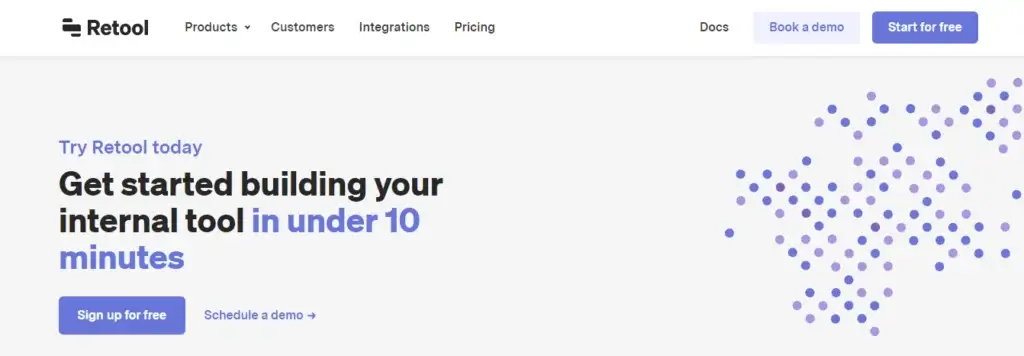
Webflow is a comprehensive no-code website builder that helps you create complex web designs in a flick. Whether you want to shape your own blog page or start a full-fledged Ecommerce store, all you need is Webflow. It also provides tools for content management and analytics.

Mailchimp is one of the most popular no-code email marketing platforms. It allows you to launch campaigns, create customized emails and newsletters, manage subscriber lists, track analytics, and more. It offers pre-built customizable email templates to quickly craft amazing emails that suit your brand persona.
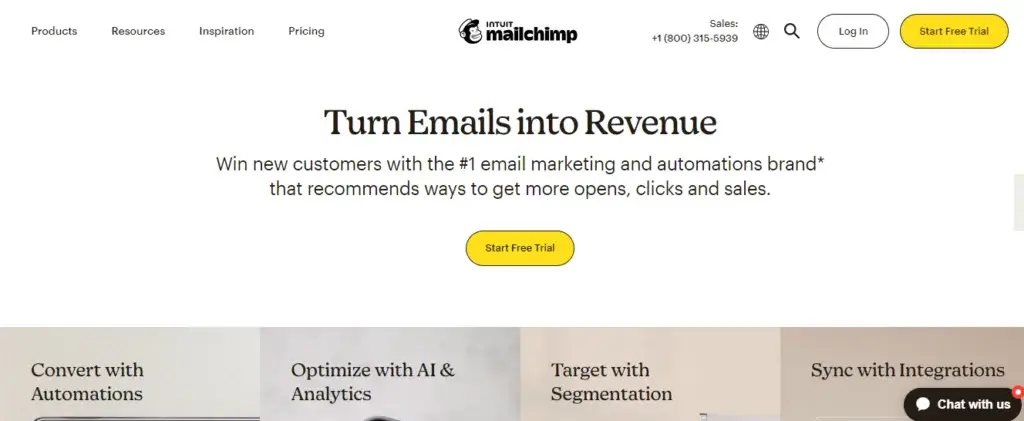
Bubble is an all-in-one platform to create software apps without writing single line of code. Its ‘Design Tab’ helps you drag and drop elements on the page and customize them as needed using the ‘Property Editor’. And its no-code framework enables complex logic for user authentication, privacy, data handling tasks, and app issue resolutions.
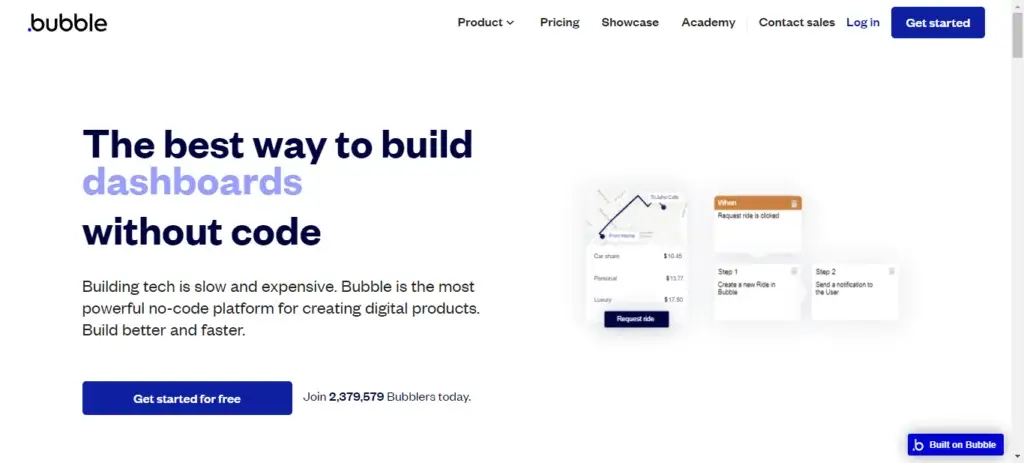
Coda is a mix of your favorite apps like Google Docs, Sheets, and Slides. It allows you to make anything from dynamic checklists to interactive tables in minutes. You can do all the complex stuff in a simple and familiar Doc-like format using Coda. There’s no limit to what you can build just by combining the powerful building blocks in your doc.
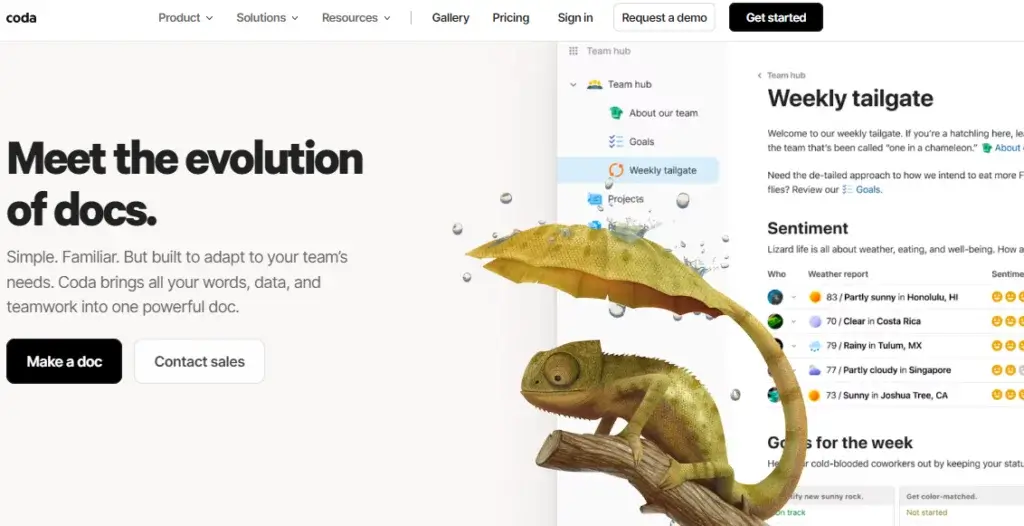
Gumroad is a no-code platform to launch your own digital products or services. It’s easy to set up and you can start selling in minutes. With Gumroad, you can also track how customers discover and interact with your product, analyze trends, and track sales performance.

Landbot helps you create engaging conversational experiences with its no-code tools. It allows you to build chatbots for customer service, lead gen, sales automation, and more in minutes. All you need to do is just drag and drop the blocks together and set up a few chat logic flows.
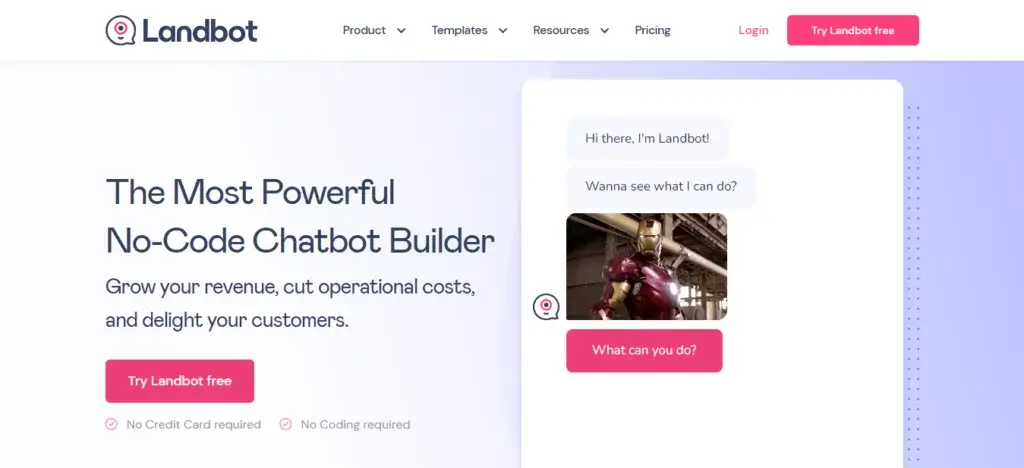
Typeform helps you design beautiful forms and surveys without any coding knowledge. It enables easy customization of forms with its designer-friendly drag-and-drop interface. You can also embed images, videos, or other elements in your Typeform to make it more user-friendly. It also provides you with an in-depth analysis of your lead-gen campaigns.
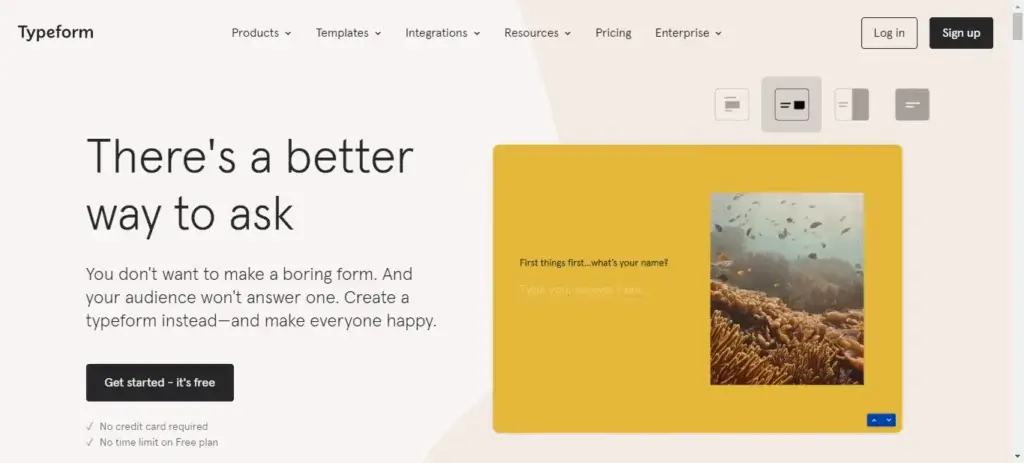
No-code and low-code technologies are not the same🙅. Although they both provide users with a platform to develop software without extensive technical know-how, here are some of the key differences between Low-Code and No-Code:
| Low-Code | No-Code | |
|---|---|---|
| Target User | Developers | Non-techies |
| Development | Drag-and-drop pre-built components | Visual interfaces and pre-built templates |
| Coding | Less coding required | No coding required |
| Complexity | Suitable for complex operations and design | Suitable for simple operations and design |
| Debugging | Easy to debug issues with access to backend code | Platform needs to take care of debugging |
| Customization | More customization options | Limited customization options |
| Scalability | Suitable for scalable and large businesses | Limited scalability for large businesses |